The Fundamentals of Critical Reading and Effective Writing
| . | Fiction v. NonfictionFiction: poems, stories, plays, novelsNonfiction: newspaper stories, editorials, personal accounts, journal articles, textbooks, legal documentsFiction is commonly divided into three areas according to the general appearance of the text:
Note that newspaper articles are nonfiction—even when fabricated. The test is not whether the assertions are true. Nonfiction can make false assertions, and often does. The question is whether the assertions claim to describe reality, no matter how speculative the discussion may be. Claims of alien abduction are classified as nonfiction, while "what if" scenarios of history are, by their very nature, fiction. The distinction between fiction and nonfiction has been blurred in recent years. Novelists (writers of fiction) have based stories on real life events and characters (nonfiction), and historians (writers of nonfiction) have incorporated imagined dialogue (fiction) to suggest the thoughts of historical figures. |
Fiction Novels / Stories Poetry Drama |
This Web page may be linked to other Web pages. Please inform the author
Questions/ Comments | Homepage
The Fundamentals of Critical Reading and Effective Writing
to Read and Write | and Critical Thinking | as Well as Words | Ingredients of Texts | Says, Does, and Means | for Reading and Writing |
To the critical reader, any single text provides but one portrayal of the facts, one individual's "take" on the subject.
| Non-critical (or pre-critical) reading is concerned with recognizing what a text says about the topic. The goal is to make sense of the presentation as a sequence of thoughts, to understand the information, ideas, and opinions stated within the text from sentence to sentence, paragraph to paragraph. This is a linear activity.Critical reading is an analytic activity. The reader rereads a text to identify patterns of elements -- information, values, assumptions, and language usage-- throughout the discussion. These elements are tied together in an interpretation, an assertion of an underlying meaning of the text as a whole. Critical thinking involves bringing outside knowledge and values to bear to evaluate the presentation and decide what to ultimately accept as true.
criticalreading.com shows you how to recognize what a text says, what a text does, and what a text means
by analyzing choices of content, language, and structure.
It shows you what to look for, and how to think about what you find.
|
Alternative Indexes to the Site
| Fiction |
|
and yet most high schools and colleges offer no course in critical reading.
This is the website for just such a course.
This Web page may be linked to other Web pages. Please inform the author
Online magazine featuring original essays and stories, staff-written articles on politics, psychology, philosophy, lifestyle, the arts
WebCounter visitor number:
DJK Sculpture web
For Sale ~ 33 images ~jAlbum photo album software & turtle ~http://www.criticalreading.com/sculpture/For%20Sale/index.html
Not For Sale 40 Images ~ jAlbum photo album software & turtle ~http://www.criticalreading.com/sculpture/NFS/index.html
- Born: 1939
The AuthorOther educational experience includes Coordinator, Issue in Health Care Delivery course, Johns Hopkins University; Director, Baltimore Free University; Curriculum Developer (K-8) and Science / Mathematics Teacher (6-7), Hotevilla-Bacavi Community School, Hotevilla, AZ (Hopi Indian Reservation); Instructor, Science Concepts and Developmental Mathematics, College at Ganado, under contract to the Hopi Health Professional Development Program, Oraibi, AZ; Instructor, Scientific Reading Skills and Study Techniques. Bridge to Medicine Program,(Sophie Davis School of Biomedical Education, City College of New York; and Instructor, Stone Carving, Elisabet Ney Sculpture Conservatory, Austin, TX.. He is the author ofI Know What It Says...What Does It Mean: Critical Skills for Critical Reading, Wadsworth, 1994,The Net, The Web, and You...All you really need to know about the Internet...and a little bit more, Wadsworth, 1996, andIntroduction to the Internet for College Success and Freshman Experience, Wadsworth, 1997 He has published articles in theJournal of Reading,College Composition and Communication,Journal of Chemical Education,Journal of Experimental Research in Personality, andJournal of Projective Techniques and Personality Assessment. |
This Web page may be linked to other Web pages. Please inform the author
Questions/ Comments | Homepage
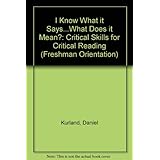 I Know What It Says...What Does It Mean? Critical Skills for Critical Reading
I Know What It Says...What Does It Mean? Critical Skills for Critical Reading
Jul 27, 1994
by Daniel Kurland
 Introduction to the Internet for Electronic Media: Research and Application
Introduction to the Internet for Electronic Media: Research and Application
Aug 7, 1996
by Daniel Kurland and Frank Messere
Temporarily out of stock. Order now and we'll deliver when available.
More Buying Choices
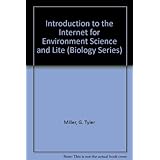 Introduction to the Internet for Environment Science and Lite (Biology Series)
Introduction to the Internet for Environment Science and Lite (Biology Series)
Nov 1997
by G. Tyler Miller and Daniel J. Kurland
Get it by Tuesday, Jun 16
More Buying Choices
Auto-delivered wirelessly
Other Formats:Audible Audio Edition, Mass Market Paperback
Usually ships in 1 to 2 weeks
More Buying Choices
Usually ships in 1 to 2 weeks
More Buying Choices
Temporarily out of stock. Order now and we'll deliver when available.
More Buying Choices
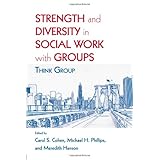 Strength and Diversity in Social Work with Groups: Think Group
Strength and Diversity in Social Work with Groups: Think Group
Aug 7, 2008
by Carol S. Cohen and Michael H Phillips
Only 1 left in stock - order soon.
More Buying Choices
Auto-delivered wirelessly
Other Formats:Hardcover
More Buying Choices
 American Paintings liquidating in part the collection of the late Daniel Kurland of Philadelphia, PA; two important...
American Paintings liquidating in part the collection of the late Daniel Kurland of Philadelphia, PA; two important...
1976
by Inc. Richard A. Bourne Co.
Currently unavailable
Currently unavailable
$0.01used & new(14 offers)
Kurland - 2001
Daniel J Kurland - Science - 1999 - 108 pages
 Genetics on the Web
Genetics on the Web
Kurland - 2001
No preview available - About this book
 Internet Guide for Genetics
Internet Guide for Genetics
Daniel J Kurland - Science - 1999 - 108 pages
This handy reference is for students who need an introduction to research on the Internet. It includes a list of relevant URLs organized by genetics topic.
Snippet view - About this book



















 Free Articles
Free Articles






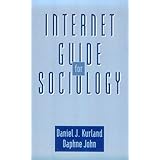
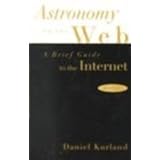
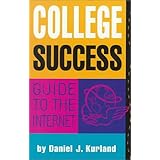
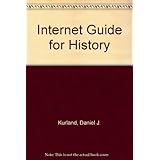
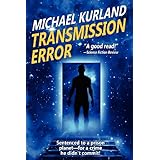
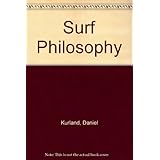

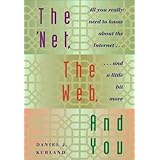
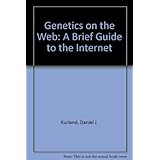
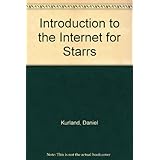
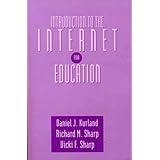
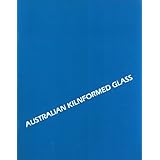
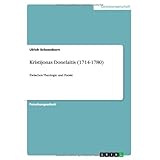


No comments:
Post a Comment